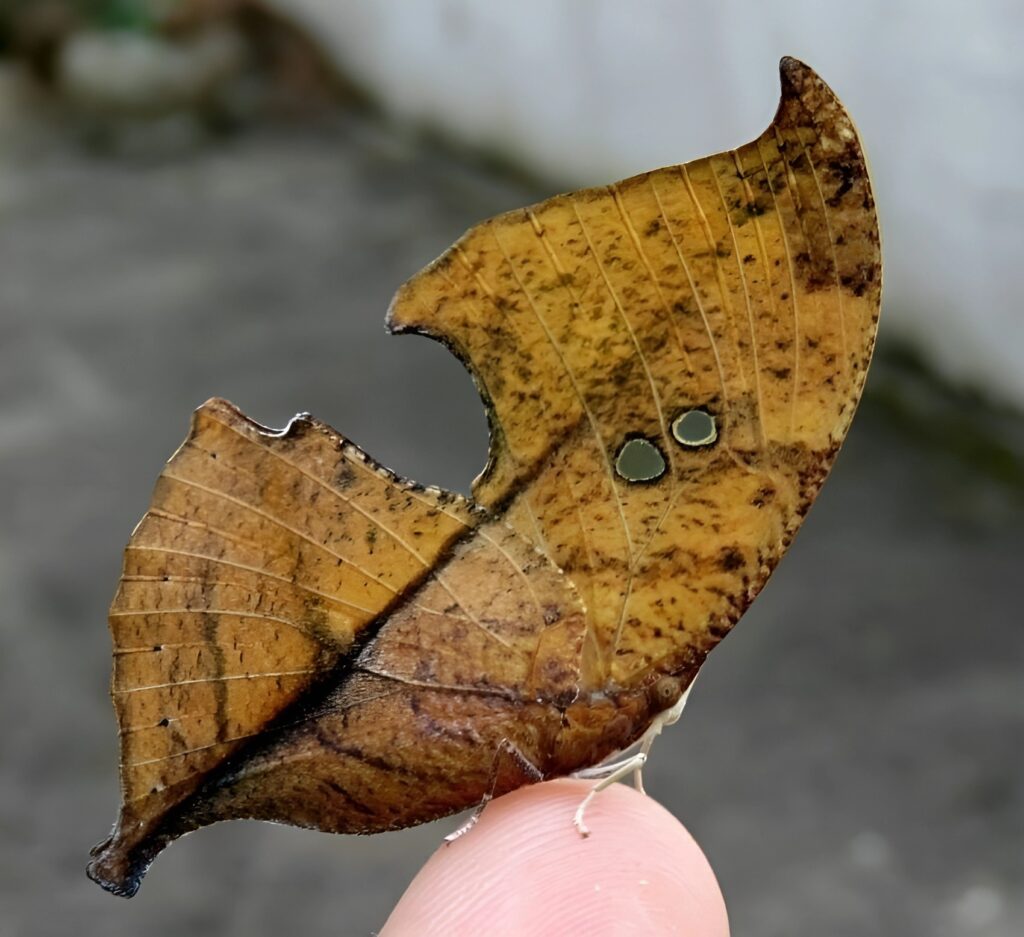
In the dappled sunlight of the rainforest floor, a curious game of hide-and-seek unfolds. Not with playful children, but with a master of disguise: the Zaretis Itys butterfly. This winged wonder isn’t content with mere camouflage; it elevates the art to an astonishing level, transforming itself into a symphony of fallen leaves.
Imagine a butterfly whose wings, instead of vibrant patterns, mimic the intricate textures and hues of dead, dried leaves. The Zaretis Itys achieves this feat with uncanny precision. Its wings, adorned with delicate veins and subtle shades of brown, yellow, and orange, perfectly replicate the crumpled edges and mottled decay of nature’s forgotten foliage.

This remarkable adaptation isn’t just a fashion statement; it’s a survival strategy honed over millennia. When predators scan the forest floor, their eyes readily pass over the seemingly uninteresting litter. The Zaretis Itys, perfectly disguised amidst the debris, becomes virtually invisible, its fragile life spared by its uncanny resemblance to the very essence of decay.

But the Zaretis Itys’s mimicry goes beyond mere visual trickery. The texture of its wings mimics the dryness and fragility of dead leaves, adding another layer of deception to its disguise. Predators accustomed to the softness of flesh or the smoothness of bark are often disarmed by the unexpected crunch of a “leaf” taking flight.

This butterfly’s story is a testament to the boundless creativity of nature. It’s a reminder that survival can be as much about blending in as standing out, and that the most ingenious solutions can often be found in the simplest forms.
So, the next time you find yourself amidst the rustling leaves of the rainforest, take a moment to appreciate the hidden wonders that may be flitting unseen. For amongst the fallen foliage, a masterpiece of mimicry might just be playing its silent game of survival, a testament to the artistry of the natural world.

Leave a Reply